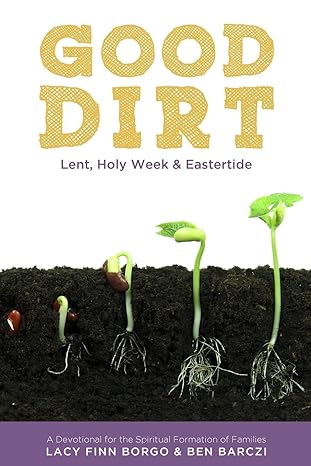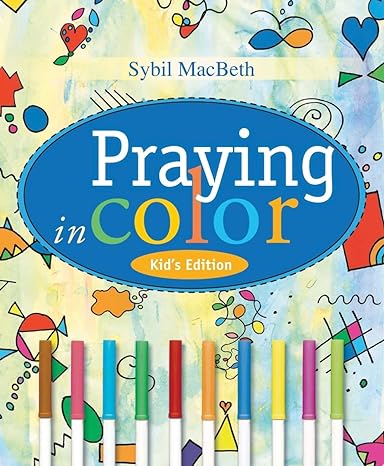
How to Experience God When You Hit A Plateau
Reading Time: 5 min 5 sec
Have you ever felt stuck in your relationship with God? Things are moving along beautifully, your times with God are rich, and you are growing in your faith. You feel like every day the Holy Spirit is revealing something new, and you are hungry for more of God in your life.
And then suddenly, almost overnight your relationship with God seems to come to a grinding halt?
You are still doing everything you did before, but those practices seem to have lost their effectiveness. You start to wonder what is going on as you continue to slog through your daily devotional and toss up some prayers to God throughout the day.
You went from excited, your heart full with love for God, to a feeling of emptiness. It feels like you aren’t on the same wavelength with Jesus anymore.
The longer this feeling of emptiness prevails the harder it is to find the motivation to keep actively seeking God. Honestly, you start to feel like it’s a waste of time. You know God loves you, but right now you just feel dead inside.
You long for the passion of yesterday, you desire to know and experience God, but you are at a loss as to how to move forward. What do you do when you reach a plateau in your relationship with God?
-
The Journey
2. God’s Invitation
3. The Power of Community

1. The Journey
EVERY follower of Jesus goes through periods of time when it feels like we are talking to an empty room. You know you have reached a plateau when one of your friends starts waxing eloquent about their amazing relationship with God and you want to clock them. (Did I say that out loud? ![]() )
)
You can breathe a sigh of relief because everyone (even great men and women of faith) have experienced plateaus in their walk with God! Yay! That should be encouraging news!
The commentary from Life with God Bible actually speaks to this topic,“God is intentionally present to us in our spiritual infancy and then allows us to be increasingly “on our own” as we spiritually mature. God works to establish a balance between his presence and his “seeming absence” so that we will develop character.”
So, throughout our relationship with God, he arranges times for us to be on our own. He is ALWAYS present but sometimes he will withdraw his tangible presence so that we can develop character and a profound hunger for a deeper experience of God.
Your feelings of dissatisfaction and desire for more of Jesus is a huge sign that God IS on the move in your life! So, YAY! When you reach a seeming plateau this is great news because it means that you are entering a new season and maturing in your faith. I would encourage you to stop and celebrate how far you have come in your relationship with God.
2. God’s Invitation
Okay, so how do we partner with the work of the Holy Spirit in our lives as we enter this new season? First, we need to understand that some of the tools that may have worked in the past such as devotionals, prayers, spiritual books, etc. might not fit this new period of your relationship with God.
Instead of trying to finish or press on with a resource give yourself permission to place it on a shelf. You can always come back and reacquaint yourself with that resource in the future. Our goal is not to finish a devotional, but to partner with the Holy Spirit in what he is currently doing in our lives.
So, how do you know what tools would be a good fit for this new season?
Ask yourself the question: What is God Inviting me into? What draws you and sparks your interest? What tool feels invitational to you when you think about an aspect of your walk with God?
Do you feel a desire to go deeper in prayer? Are you hungry for authentic Christian relationships? Do you crave a deeper dependence upon God? Do you want to weave prayer into your everyday life? Do you want to experience the lavish love of God?
If you are struggling to figure out what God is inviting you into, here are two more questions that you can ask yourself, “What Things Are You Talking to God About Right now?” and “How are you most aware of God in Your Life today?” The answers to these questions will be a great starting place for you to explore.
As with everything, talk to God about your desires and ask him to provide the right tools for this season of your life.
Here are some resources that I LOVE to help get you started:
3. The Power of Community
As a follower of Jesus, we were not designed to live life on our own, but in community with others. One of the great ways that we can partner with the Holy Spirit is to live in relationship with other Christians.
Yes, it is messy. Yes, it can be at times uncomfortable. The church is full of broken people who are all dependent upon God’s lavish love and grace. However, investing in authentic relationships built on trust with other Christians is CRUCIAL to your ongoing growth.

Ruth Haley Barton really unpacks the power of community here, “The purpose of journeying together in spiritual friendship and spiritual community (whether there are just two of you or whether you are in a small group) is to listen to one another’s desire for God, to nurture that desire in each other and to support one another in seeking a way of life that is consistent with that desire.”
We need other people to come alongside us and affirm what God is doing in our lives. When we develop relationships of trust and vulnerability, it allows others to speak Gods truth into our lives. Spiritual Friendships encourage us to press on in pursuit of a love relationship with Jesus.
So how do we find and develop authentic, nurturing relationships with other Christians?
You can seek to develop spiritual community in your local church, through small groups, and one on one friendships. You can develop relationships with the intercessors, who will cover you in prayer.
This won’t happen by chance. You have to pray and intentionally seek out friendships with people who are going for it in their relationship with God.
If you desire to embrace all that God has for you in this new season; I would encourage you to celebrate where you are, ask God what he is inviting you into, and intentionally seek out authentic Spiritual Friendships with others.
If you want to know how to get started in living a deep life with God; grab our Deeper Life Beginners Guide (below). And join our community of moms who are hungry for more Jesus in their lives and in the lives of their families.
What about you? What is God inviting you into in this new season? Leave a comment, and don’t forget to follow Most Important Work on Pinterest!
[/et_pb_text][/et_pb_column][/et_pb_row][/et_pb_section]



























